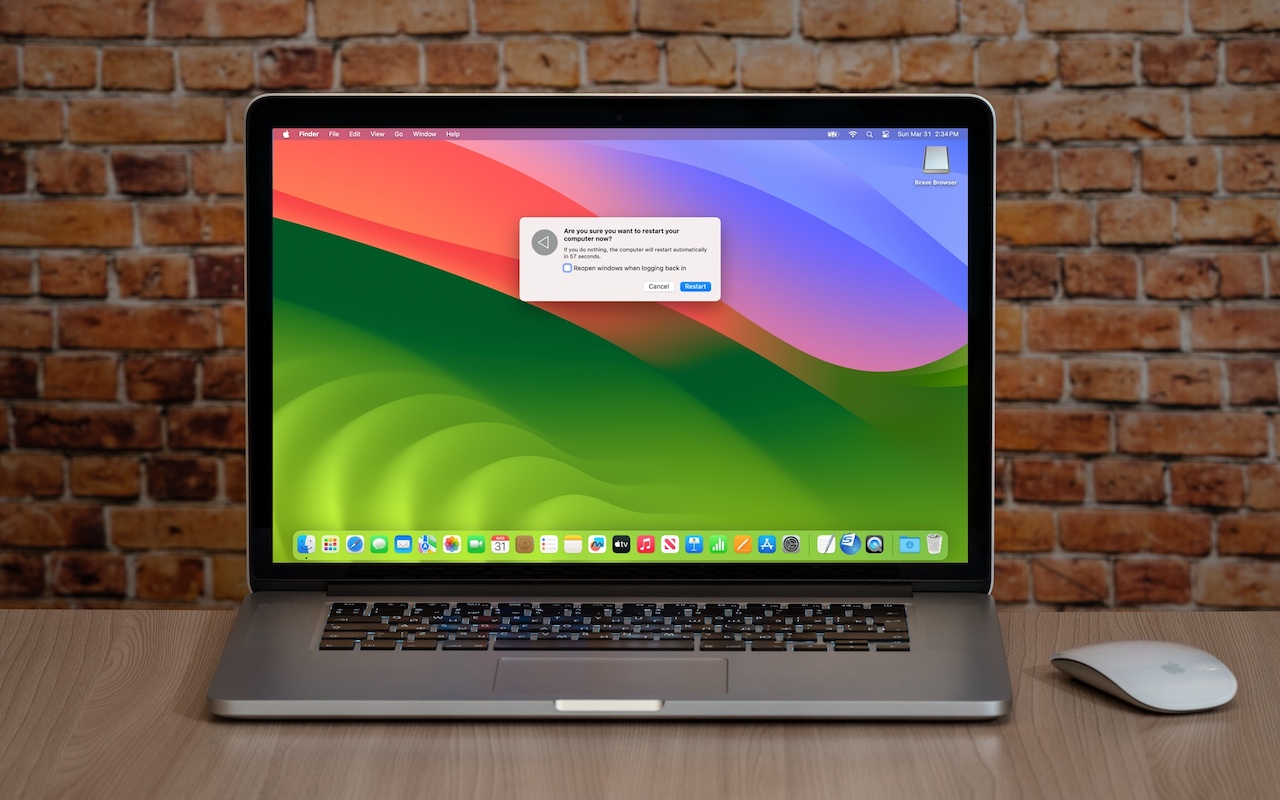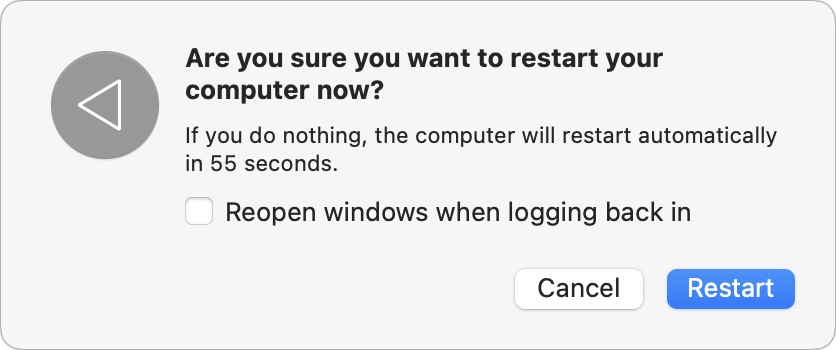
In the early days of macOS, when stability was a concern, Mac users frequently restarted their machines. Back then, Macs lacked the ability to sleep, so shutting down at the end of the day and rebooting the next morning was standard practice.
However, with modern Macs operating on minimal power during sleep mode and experiencing rare crashes, many users have adopted the habit of running their Macs for extended periods without restarting. Yet, this approach introduces its own set of issues, underscoring the importance of finding a balance.
Why emphasize this point? An estimated quarter of reported problems can be resolved with a simple restart. Yes, it's that effective! Just head to the Apple menu and select Restart, ensuring you've saved your work beforehand.
Here are six compelling reasons to reboot your Mac periodically:
• Enhanced Security: While restarting itself may not directly bolster security, it's crucial for installing macOS updates, particularly those addressing security vulnerabilities. Delaying updates due to a reluctance to restart significantly heightens security risks. Not of caution here, I'm not talking about the Major OS updates just the security patches and updates. Big OS updates should be planned and not just run when you see the button. Those updates can cause issues with other programs that might not yet be updated and ready for the new OS.
• Troubleshooting: Despite Macs' stability, occasional issues like app crashes, connectivity problems with peripherals, or visual anomalies may arise. A restart is often the first step in resolving such issues. If you see a lot of these crashes it may be due to a premature OS update, again take caution in these big OS updates.
• Performance Optimization: If you notice delays in launching apps, sluggish window rendering, or frequent encounters with the spinning pinwheel, a restart can help alleviate performance issues caused by memory constraints or errant processes. The OS does some maintenance tasks during a restart that do not get done otherwise.
• Drive Space Reclamation: Restarting can reclaim significant disk space by eliminating swap files generated when macOS resorts to virtual memory. This newfound space improves overall system performance until it's again consumed by active applications.
• Update Installation: Restarting prompts apps to either install pending updates or notify you of available ones. This ensures that your software remains up to date with the latest features and security patches.
• Clean Start: Even if multiple apps running concurrently don't impact performance, restarting offers a clean slate for improved focus. It allows you to restart with only essential apps, streamlining your workflow. Optionally, deselecting "Reopen windows when logging back in" in the restart dialog provides a fresh start, ideal for a distraction-free work session.

Restarting your Mac doesn't require adhering to a strict schedule, but if you prefer routine, consider rebooting on Friday evening as you prepare to wrap up the workweek. This ensures a fresh start come Monday morning. However, feel free to restart whenever it suits your needs. Embrace the restart—modern Macs, especially those with Apple silicon, boot up swiftly, and the advantages outweigh the brief downtime.
(Featured image based on an original by iStock.com/Armastas)





